Napa Cabbage Sauerkraut
If you’ve never made sauerkraut with napa cabbage, I highly recommend giving this turmeric napa cabbage sauerkraut a try! It’s quite different from green cabbage sauerkraut but just as delicious.
Napa cabbage sauerkraut will be naturally a bit softer but should still have some crunch after fermentation. If you want to make this recipe with green cabbage instead, you can! Just use the exact same amounts and sub for green cabbage.
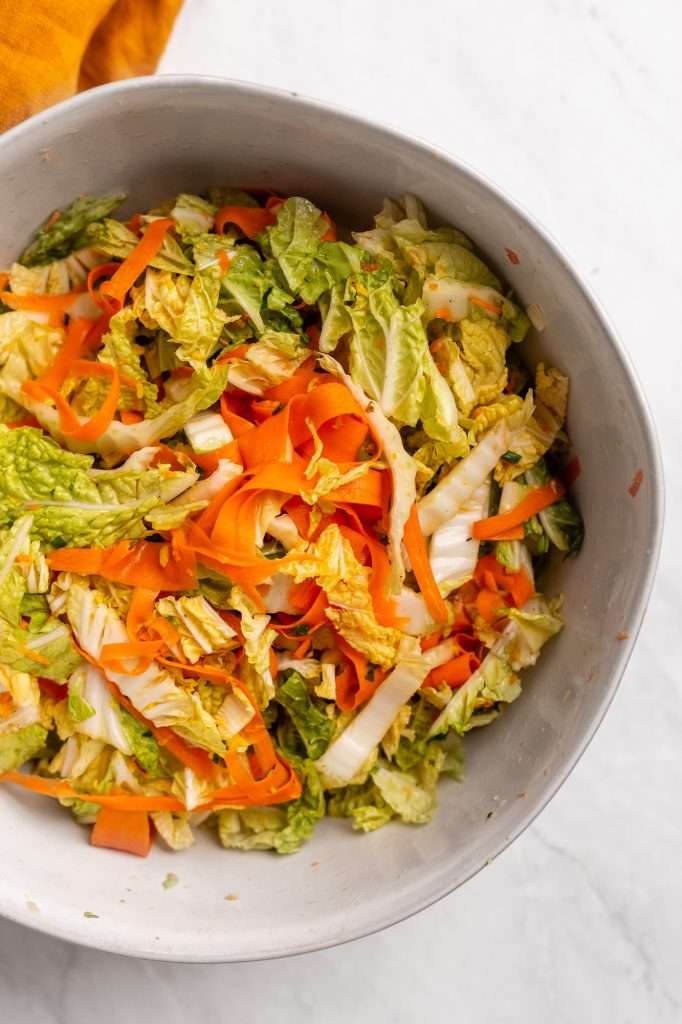
Turmeric Sauerkraut
Turmeric is one of the best ingredients you can add to sauerkraut! Curcumin is one of the healthiest compounds in turmeric; it’s a yellow pigment and well-known polyphenol that can help reduce inflammation.
When the Lactobacillus bacteria in sauerkraut produce enzymes and acids during fermentation, they enzymatically alter curcumin and convert it into tetrahydrocurcumin and tetrahydro-bisdemethoxycurcumin.
These forms of curcumin are more bioavailable and usable by our bodies. These more bioavailable forms of curcumin are also a different color.
Fresh turmeric root is a dark golden-orange color. After fermentation, the turmeric becomes lighter and a more vibrant yellow. This color change is a great sign and indicates that the curcumin has been changed into more bioavailable forms.

How to Make Sauerkraut with Napa Cabbage
You can make sauerkraut with Napa cabbage using the same method you would make sauerkraut with green cabbage. As with all of my sauerkraut recipes, we mix all of the ingredients together and add 2.5% salt to create the perfect sauerkraut.
If you’ve been reading our blog for a while, you know that I add water to all of my sauerkraut recipes. Adding water helps keep the cabbage crisp and submerged during fermentation.
Adding water also gives you more brine to use in other fun recipes, like these fermented cherry tomatoes.

Napa Cabbage Sauerkraut with Turmeric Ingredients
You only need a few simple ingredients to make this flavorful superfood sauerkraut. The star ingredients are napa cabbage and fresh turmeric, but you have options! If you do not have fresh turmeric, use dry turmeric powder. It’s not an even substitution, though. If you need to use dry turmeric powder, use 1/2 teaspoon for the 32-ounce recipe below.

Napa Cabbage Sauerkraut Equipment
Things You May Need:
More Sauerkraut Recipes to Try
- How to Make Old Fashioned Sauerkraut with Caraway Seeds
- Homemade Kimchi Inspired Spicy Sauerkraut Recipe
- Roasted Garlic Sauerkraut with Black Pepper


Turmeric Napa Cabbage Sauerkraut
If you ever wondered if you can make sauerkraut with napa cabbage, the answer is yes! This delicious turmeric sauerkraut recipe is a simple napa cabbage sauerkraut, perfect for preserving in-season fall and winter cabbage.
- Prep: 10 minutes
- Total Time: 504 hours 10 minutes
Ingredients
- 500 grams napa cabbage
- 20 grams unrefined sea salt
- 200 grams filtered water
- 15 grams fresh turmeric root, grated
- 75 grams carrots, julienned
- 30 grams green onions, chopped
- Black pepper, to taste
Instructions
- Wash your fermentation equipment (jar, weight, and lid)
- Remove the outer leaves of your cabbage and lightly rinse with cool water. Using a knife, chop the cabbage to your desired thickness. Chop the carrots and onions. Grate the turmeric root using a cheese grater
- Place your kitchen scale on the counter. Turn it on and set it to weigh in grams.
- Measure out all of your ingredients using your kitchen scale.
- Mix all the ingredients, including the water, in a large bowl. Lightly massage the cabbage and break up any large pieces.
- Pack it all, including the water, into a clean jar with a rust-proof lid. (a 32-ounce jar works best)
- Place a fermentation weight in the jar, submerging the cabbage pieces and weight fully into the liquid. If you don’t have enough liquid, place your glass fermentation weight in the jar and submerge as much as possible. Over the next 12 hours, the cabbage should release more liquid, and you can press the fermentation weight down below the brine.
- Secure the lid (you do not need to tighten it all the way. Just secure the lid but leave it ever so slightly loose so the gas doesn’t build up too much). You can keep the jar in a glass dish to catch any spills.
- Burping the jar: It should get bubbly in the first few days. If you have a tightly secured lid, you will need to burp the jar. You should also wash off the lid to keep it clean and re-adjust the fermentation weight whenever needed. Anytime the weight comes up out of the brine, with clean hands press hard on the weight to tamper everything back down into the liquid.
- Ferment at room temperature for 21-28 days, then remove the fermentation weight and refrigerate.
- If you try this recipe and love it, please leave a five-star review below!
Notes
- You need a 32 ounce jar for this recipe.
- Taring/zeroing the scale with a container on it subtracts the weight of the container, allowing you to weigh only what is added to the container. After taring/zeroing the scale, the scale should read 0.0 with the container on it.
- If you are sensitive to pepper and don’t want your hands to turn yellow from the turmeric, wear gloves when mixing.
- For softer sauerkraut massage the cabbage vigorously when mixing in a bowl. For crunchier sauerkraut, gently mix the cabbage.




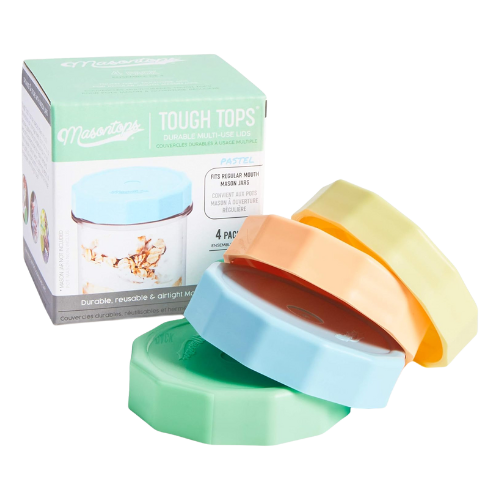
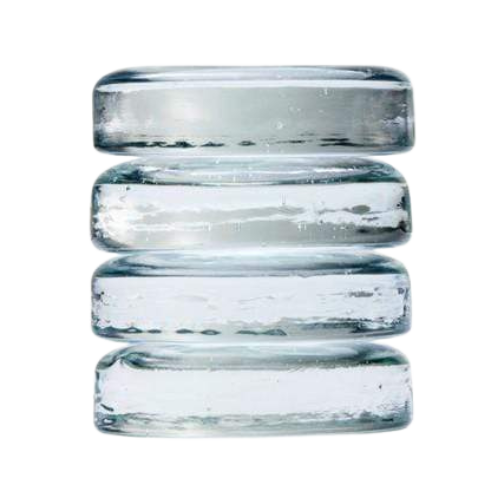

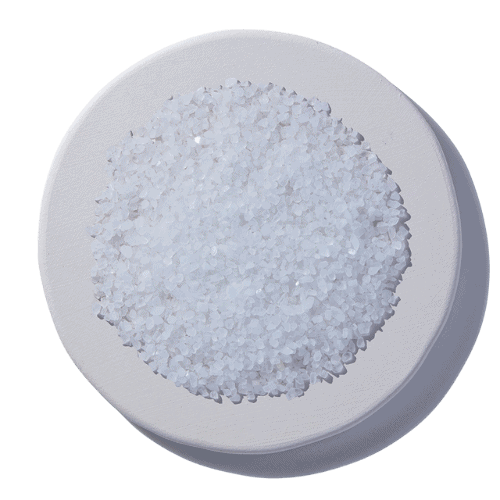
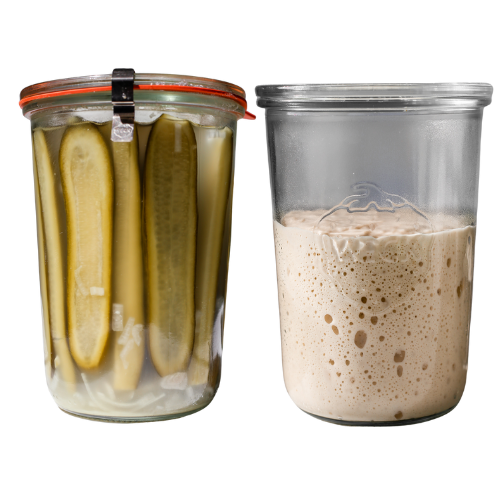

















I’m very interested in making this. However, I can never find fresh turmeric. Can I make it with dried??
Laura, I too have the same question. I researched some other sauerkraut recipes that use turmeric and yes, you can use dried turmeric. For this recipe sub 5 ml x dried turmeric for the fresh turmeric. I am just about to make this recipe so I can’t tell you how it comes out but crossing my fingers and hoping for the best!
The 2x scale version of the recipe also fits perfectly into my Chinese pickle jar/crock (1.75L). Delicious.
Can I use refined sea salt?
sure, you can use any salt as long as its pure salt, with no anticaking agents.
Thank you! Another question: I’m using Pickle Pipe lids and the swell up. How often and how much should I be burping, if I should at all? Also, when I squeeze the top juice comes out. Is that okay?
I do not recommend using those types of lids. They can cause a lot of issues. When using a regular lid, I suggest burping it every day.
Amazing! I was dubious about this but thought I’d give it a go as I love your red cabbage and beetroot recipe. I added ginger as I love it and the sauerkraut is delicious, the turmeric adds an almost umami flavour, I can’t get enough of it. Also, the napa cabbage slices really easily so it’s quick to make.
Loved it. Very flavorful and no garlic
Is the 2.5% for just the raw ingredients EXcluding or INcluding the water?`
If you’re talking about the salt concentration, it’s approximately 2.5% of the total weight of ALL ingredients.
Thank you for the recipe. I am currently 2 weeks into the ferment. I have noticed that the top layer is a bit dull and darker in colour , is that normal? There is no mold appearing just the discoloration on the top. Thanks again!
Possibly just a little oxidation. Nothing to worry about! Just make sure you’re keeping everything submerged. It’s perfectly okay to open up the jar regularly and push everything back down below the brine if it comes up.
Can I substitute ginger for turmeric?
yes!
super easy to make, and so delicious, loved this, will definitley be making this again and again
Hi there! When it comes to fermentation, can I leave it out on the counter? Does it do better in a dark/ cool enviornment? I live in Florida and my house is quite sunny and is around 74-76 degrees during the day. Would that mess with the fermentation time?
I live in South Louisiana, so very similar weather! You can just leave it on the counter, avoid direct sun, but a little light is fine.
Hi, I really like your recipe and I used quite a few with perfect results. For the sauerkraut, I use my grandma’s with pepper corns, juniper berries and raspberries leaves for tannins.
I live in a 3B, Northern Canada and we have a problem with those pesky beautiful whites butterflies which lay their eggs on cabbages. I can only buy enough, from a organic farm near me to do my sauerkraut.
So for your recipe, I had to use something else, I grow some Bok Choy and it turned out to be amazing, those little scares of stem when bite into it… Amazing.
Because of the water content of the Bok Choy, it overflow on my 3 litter jars.
This time, I will use my 5 gallons food grade which I normally use for the sauerkraut.
All the best, Pierre
I’ve known about the health properties of turmeric for some time but found it hard to find ways that I enjoy eating it. So I was very pleased to find this recipe and wanted to give it a try. This is a wonderful example of using fermentation to make delicious food with healthy ingredients.
I’ve let this beauty sleep for three months in my basement and tried it yesterday night: it had this addictive sweet acidic smell, it was crunchy and the turmeric (I used dry) gave it a very deep flavour. I highly recommend this recipe.
How long can this be kept in the refrigerator? Thank you!
about a year! probably longer, but after a year it may get softer with less live active cultures
I made this almost 2 weeks ago, at which time I put it in the refrigerator. I refrigerated it at that point because, when I make normal sauerkraut with green cabbage, I generally refrigerate it in less than a week. I’ve been eating it, but today when I scooped some out, I noticed that the liquid was kind of slimy. Any idea what’s going on with this and if it’s still safe to eat? Could I take it out of the fridge for another 2 to 3 weeks at this point? The looks of this kind of makes me want to toss it, but I’d rather not if it’s still good.
It’s called brine viscosity, and it developed because it’s not done fermenting. It’s harmless. It happens in the second stage of fermentation when the salt concentration is just right. Basically the stage two microbes produce a lot of postbiotic compounds and it thickens the brine. If you let if ferment long enough, the stage three microbes will break all that down and the brine will thin out again. You should always follow the directions and timeline outlined in the recipe.
This is the 3rd time I’ve made this in 2 years and I absolutely love it. I was never a fan of regular sauerkraut (I would always cough when I ate it), but when I found out about the bacteria that happens with Napa Cabbage, this was the recipe that came up. I always put off making it, because I’ve always been intimidated by fermented foods, but it is SO easy. Thank you for such a perfect recipe.